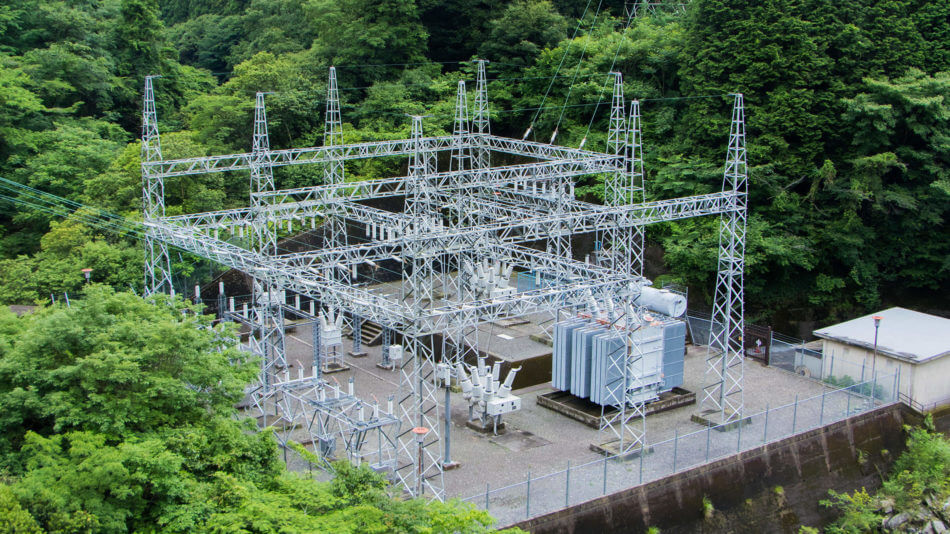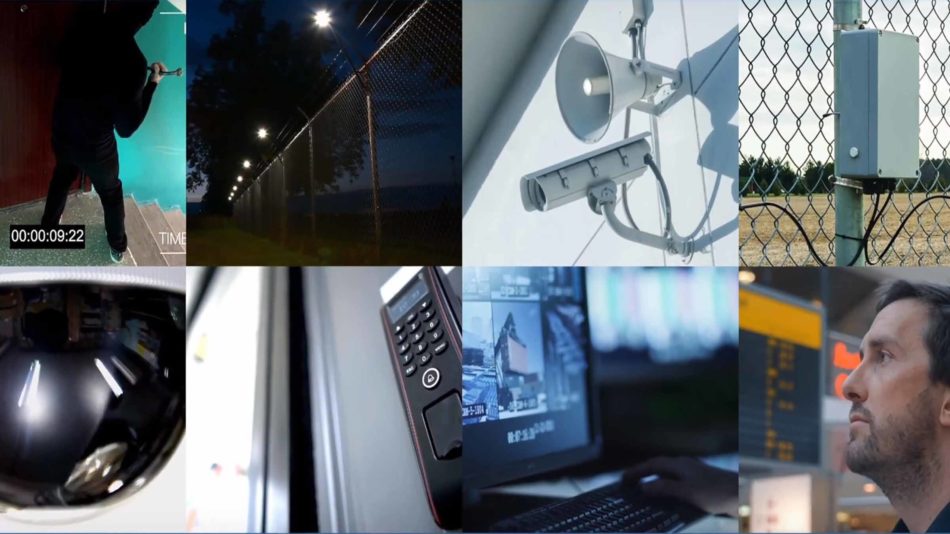Protecting Unmanned Remote Sites

Unmanned, remote sites, especially those containing critical infrastructure assets, are potentially easy targets for intruders. Regardless of the intruder’s motivation –theft, terrorism, vandalism, or general mischief – facility owners need effective security solutions that meet operational and budgetary requirements. At the same time, the system must minimize nuisance alarms as repeatedly deploying response forces or maintenance technicians to remote sites rapidly triggers a distrust of the system.
This article looks at how operators can use best-in-class security products while addressing the specific difficulties posed by remote and geographically distributed sites.
Deterrence That Works
Effective deterrence systems are the first step in protecting remote sites and their assets. Avoiding intrusions in the first place is always the ideal outcome, especially at remote sites where a security response may involve considerable time and cost. Consider the following deterrence options:
- Security fence – A well-maintained security fence, at least 7 ft tall and topped with barbed/razor outriggers, will deter the curious. However, keep in mind that a fence by itself isn’t effective against determined intruders as they can cut, lift, or climb the fence fabric in seconds.
- Visible signage and surveillance cameras – Clearly visible signs and surveillance cameras, indicating that the site is monitored 24/7 will, like fencing, help to dissuade casual intruders. But determined intruders may still remain undeterred, often planning ahead to conceal potential identifiers like faces or vehicles. Most importantly, cameras by themselves only record events, and do not stop them.
- Intelligent security lighting – Intelligent security lighting systems like the Senstar LM100 hybrid perimeter intrusion detection and lighting system function as highly effective deterrence. First, targeted illumination along the fence line prevents intruders from hiding in the cover of darkness while enhancing the assessment value of camera surveillance systems. Second, instant-on illumination and strobing at the detected intrusion location acts as a strong psychological deterrent, letting would-be intruders know they are detected, their location is known, and they are being watched.
Detect Intruders Before They Get In
Detection at the perimeter is the next line of defense. Early detection leads to a faster assessment and response.
There are many detection technologies on the market. For remote sites, the detection system must be reliable, cost-effective, integrated with on-site assessment devices, and above all, avoid the generation of repeated nuisance alarms.
Fence-mounted sensors
Modern fence-mounted sensors like Senstar’s FlexZone, FiberPatrol, Wireless Gate Sensor, and the Senstar LM100 are extremely effective, field-proven and easy-to-deploy. By analyzing the vibrations on the fence (and rejecting those generated by environmental forces like wind), the systems can detect and locate intruders with a precision of under 3 m (10 ft). In addition to generating alarms at off-site monitoring centers, the systems can be used for camera call-up and to control on-site devices like sirens or security lights.
Coaxial-based sensors are generally highly economical and easy to deploy while fiber optic sensors require zero electronics on the perimeter and may be more cost-effective for larger facilities.
Video analytics
Videos analytics are a cost-effective means to augment security by leveraging the site’s existing surveillance infrastructure:
- Outdoor people and vehicle tracking – Can be used to implement virtual zones and tripwires that track individuals and vehicles both near and inside the perimeter. Unlike simple motion detection, these analytics are designed to reject background vegetation movement and shadows. Early detection outside the perimeter can be used to direct PTZ cameras or switch to higher resolution recording, so that if the fence-mounted sensors detect an intrusion, high quality video is instantly available. The same analytics can also be used inside the perimeter to track the movement of people and vehicles once inside.
- Face recognition and license plate recognition – Improves overall security management by automatically identifying maintenance personnel and automating the tracking of vehicles. When integrated with an access control system, these analytics can be used to unlock gates as well as place security zones under temporary access or mask.
Obtain Situational Awareness
High definition and thermal surveillance cameras, when directed by modern video management software, can provide excellent situational awareness. The Senstar Symphony VMS for example, includes many features to make monitoring remote sites easier:
- Effectively monitor hundreds of remote sites. Built-in video analytics reduces operator workload by automatically bringing attention to critical events.
- Use a single operator interface to view video, monitor the status of intrusion detection sensors, and control on-site devices like PTZ cameras, access controls, two-way intercoms, and loudspeakers.
- View the exact location of intrusion attempts on high-resolution maps.
- View live and recorded video from mobile devices, as well as automatically send images of captured video during alarm events via email/SMS to response forces.
Deployment Considerations
In addition to deterrence and assessment requirements, organizations need solutions that address day-to-day concerns involving nuisance alarms, reliability, and connectivity issues.
Nuisance Alarms and Reliability
Avoiding nuisance alarms generated by weather, animals, and lawful people is critical to remote site security. Too many nuisance alarms and security personnel may ignore valid alarms or hesitate to initiate a response until it is too late. Senstar designs its systems from the outset to minimize nuisance alarms:
- Ranging data from sensors is used to recognize and compensate for site-wide environmental disturbances like high winds or rain and to ensure that alarms are generated only from realistic intrusion attempts (e.g. a ball hitting the fence doesn’t trigger an alarm).
- Sensors designed and tested for reliable operation in extreme environments (–40 to +70 °C/–40 to 158 °F).
- Maintenance staff can use the precision ranging to quickly find and resolve problematic areas (for example, a loose fence sign).
- Video analytics reject background changes caused by vegetation movement and changes in lighting.
Site Connectivity and Fallback
Another concern is connectivity. Despite advances in communications, connectivity to remote sites can still be lost.
It is critical that both intrusion detection and video recording remain operational after a loss of network connectivity. For on-site sensors, a device like the Senstar Rugged Controller can be used to provide local fallback functionality if network connectivity is lost. For video surveillance, edge storage (on-camera or on edge devices) can prevent the loss of critical video.
Finally, organizations need the ability to centrally manage their sites. Cloud-based tools like the Senstar Enterprise Manager can ensure devices remain online, have the correct configuration, and automatically receive software and security updates.
Need to be compliant with NERC CIP regulations? Download Senstar’s NERC CIP-014 Compliance Guide for more information.


